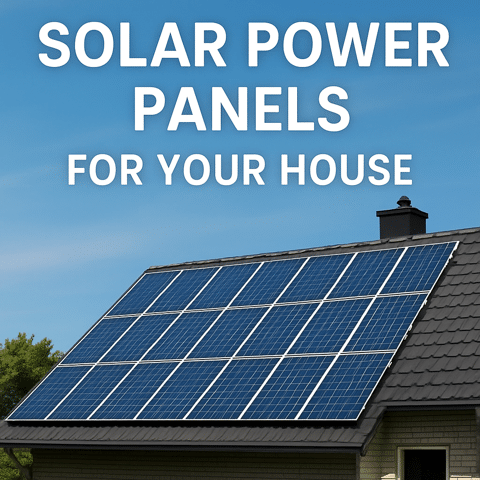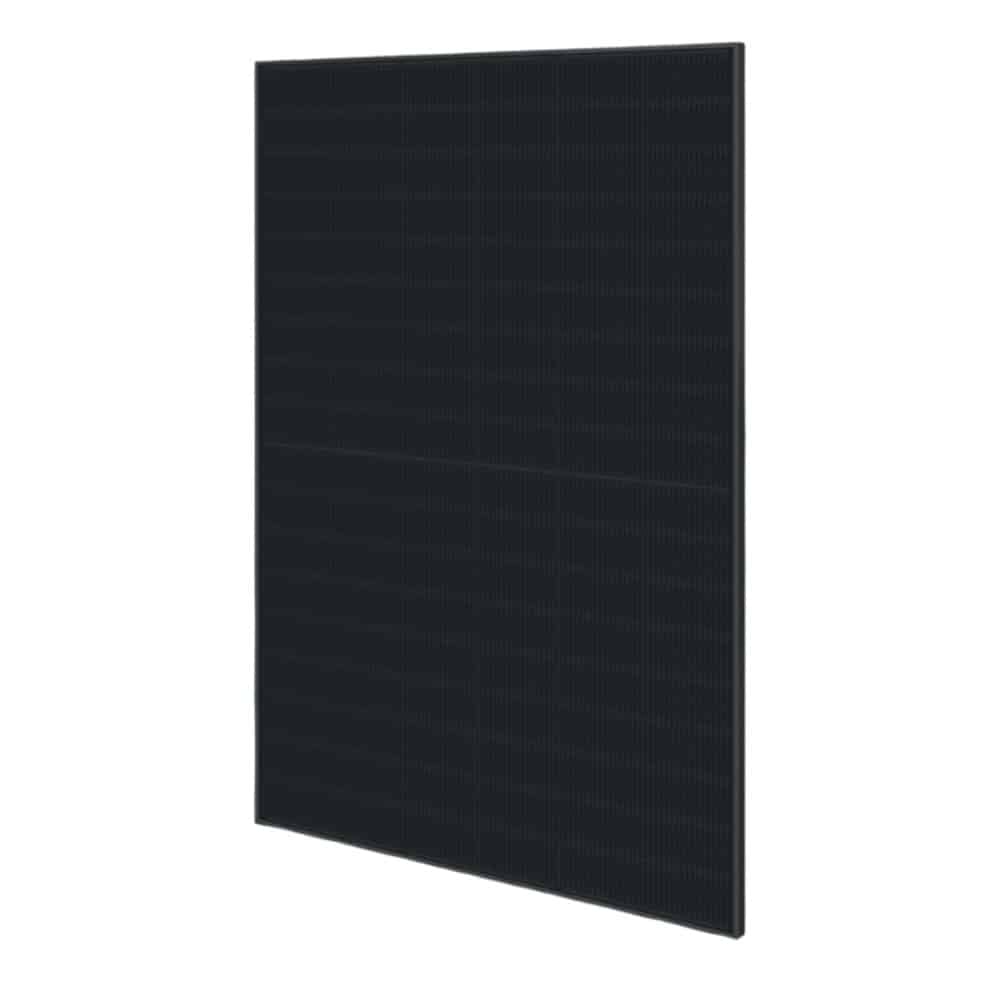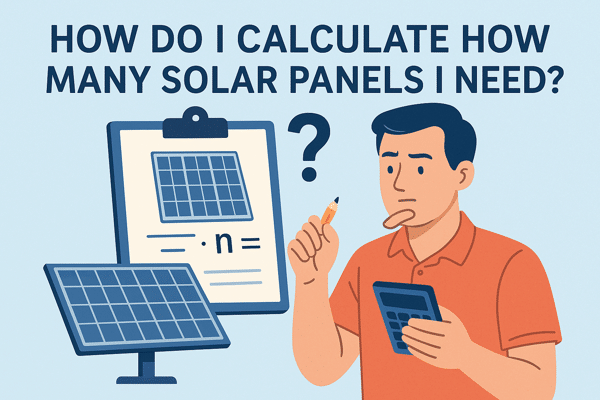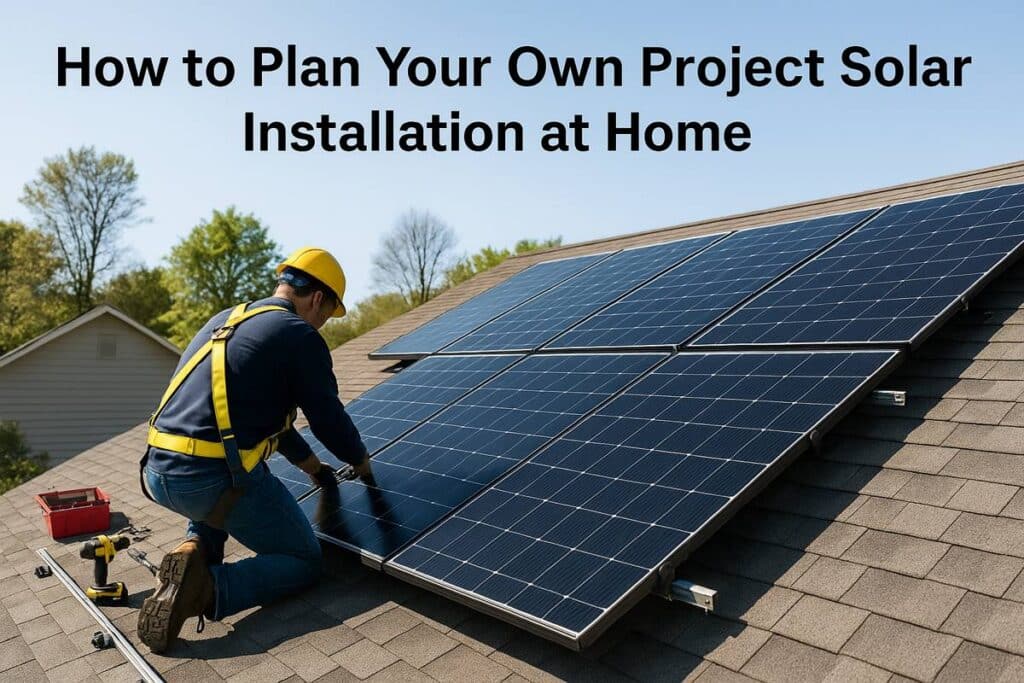📦 Fast Delivery – Order Now!
💸 Shop Safely – 100% Money-Back Guarantee
👨🔧 Lifetime Customer Support
📦 Fast Delivery – Order Now!
💸 Shop Safely – 100% Money-Back Guarantee
👨🔧 Lifetime Customer Support
If you’re looking for a smart way to save money and protect the environment, a photovoltaic panels roof might be your best choice. More and more homeowners in the U.S. are switching to solar because it reduces energy bills, increases property value, and lowers carbon emissions. And since your roof is already there, why not let it work for you?

A photovoltaic panels roof means your home’s roof is equipped with solar modules that turn sunlight into electricity. These panels use semiconductor cells—usually made of silicon—to absorb solar energy. When sunlight hits them, they create an electrical current. This energy then flows through an inverter, which turns it into usable power for your home.
Because it all happens on your roof, you don’t lose any yard space. And since the panels last for 25 years or more, your investment keeps working long after the installation.

✅ 435 W bifacial panel with 108 half-cut N-Type TOPCon cells
✅ 22.28% efficiency with sleek all-black design
✅ 25-year product and 30-year performance warranty
Because your roof gets direct sunlight all day long, it’s the most efficient place for solar. You don’t need extra land. And you avoid shading from trees or buildings. That’s why rooftop PV panels are more effective than ground-mounted systems in most residential areas.
Plus, most homes already have the right angle and space for optimal performance. And thanks to modern mounting systems, solar panels now fit on almost every roof type—flat, sloped, tile, or shingle.
You save money month after month. And you do it while reducing your environmental impact. Since solar energy is free, once you’ve paid off your system, your electricity is basically no-cost. That’s especially helpful when utility prices go up.
Moreover, homes with solar sell faster and for more. Buyers love the idea of zero electric bills. And because the system stays with the house, it adds real, lasting value.

Almost any home can support solar panels, but a few things matter. First, your roof should be in good shape. If it needs replacing soon, do that first. Next, your roof should get at least 4–6 hours of sunlight per day. No big trees or tall buildings nearby? Perfect.
And the angle matters too. South-facing roofs in the U.S. are ideal. But thanks to new mounting tech, even east- or west-facing roofs can work great.
Most installations only take one to three days. But the process starts earlier. First, you get a site inspection. Then, the design team creates your custom system. After that, permits and utility approvals take a few weeks. Once everything is ready, the actual installation moves fast.
So from first contact to energy production, expect around four to six weeks in total. And once it’s done, you start saving right away.

Because we care about your savings, your home, and the planet. At AceFlex.us, we combine experience with top-tier technology. We help you with every step—from planning to permits to activation.
And we guide you on tax credits, financing options, and battery storage. That way, you get the most out of your investment.

If you’re thinking about switching to clean energy, now is the time. A photovoltaic panels roof not only saves you money—it builds a better future. Don’t wait. Contact AceFlex.us today for a free solar consultation and personalized savings estimate.
Want help deciding if your roof is solar-ready? Visit AceFlex.us or contact our expert team. Let’s power your home the smart way—with the sun. ☀️

A photovoltaic roof is a structure where solar panels are integrated directly onto or into the roofing surface. It generates electricity while also protecting your home from the elements.
Yes, solar panels can replace traditional roofing materials when installed as solar shingles or solar roof tiles. They produce power and serve as the roof at the same time.
Photovoltaic panels are solar panels, but the term “photovoltaic” refers specifically to electricity-generating types. So yes, if your goal is to generate electricity, photovoltaic panels are the better choice.
Installation costs can be high, and your roof must be in good condition beforehand. Also, if your roof gets little sunlight, the system may not perform well.
Roofs that are heavily shaded or face north in the U.S. usually aren’t ideal for solar. Also, very old or damaged roofs may need repairs before installation.
The biggest problem is inconsistency—solar power depends on sunlight, so it doesn’t work well at night or during bad weather. That’s why many people add batteries or stay connected to the grid.
The biggest risk is poor installation, which can lead to leaks or system failure. But if you hire certified professionals, this risk is very low.
Most solar panels last 25 to 30 years, although they still produce power after that. However, their efficiency slowly drops over time.
Wiring can degrade, and inverters may fail if not maintained. But regular inspections help prevent most problems before they start.
Some solar panels use materials that are hard to recycle. While clean energy is great, the end-of-life process needs better solutions.
Yes, because a battery lets you store excess energy and use it when the sun isn’t shining. That means more independence from the grid and better energy security.
Monocrystalline panels are the best because they’re more efficient and last longer than polycrystalline or thin-film panels. Though they cost more, they offer better performance over time.
No, not if they’re installed correctly by professionals. In fact, they can protect the roof from rain, snow, and UV rays.
Yes, you can remove them for roof repairs or upgrades. However, you should hire an expert to do it properly.
Most solar panels add about 2–4 pounds per square foot. That’s well within the load-bearing limit of most roofs.
Yes, they work in winter, although snow and shorter days reduce efficiency. But they can still generate power on clear, cold days.
Technically, yes, but it’s not recommended. DIY installation can void warranties and pose safety risks.
Yes, panels need occasional cleaning, especially in dusty or pollen-heavy areas. Clean panels work more efficiently and produce more energy.
Most systems pay off within 6 to 10 years depending on electricity rates and incentives. After that, you enjoy nearly free energy for decades.
AceFlex is one of the leading online retailers of renewable energy products and offers a wide range of solar products. We work with well-known manufacturers and wholesalers and can offer you cost-effective products in the field of photovoltaics so that you too can contribute to the energy transition.
Looking for an experienced team for planning your photovoltaic system without the hassle of doing it yourself? We are your trusted partner, offering comprehensive nationwide solutions. We provide expert consultation and supply of both photovoltaic systems and storage units tailored to your specific needs.
© 2025 Aceflex All Rights Reserved. Design by Media Pantheon, Inc.